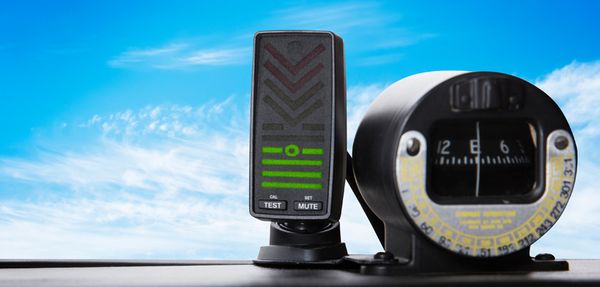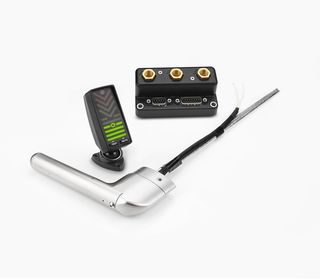#FlySafe with Garmin AOA Indicator
As pilots we are always looking for ways to improve on flight safety. It’s our duty to be ever vigilant on keeping both our knowledge and stick and rudder skills at their highest possible levels. We often ask ourselves, have I flown enough lately? I meet the currency requirements, but am I really comfortable and confident enough to safely operate this airplane? We all rely on that natural feel we’ve developed from flying experience, that “just like riding a bike” colloquialism we often use to describe the near second-nature way we coordinate our hands and feet to get the airplane to do exactly what we ask it to do.
But as safe as we think are, accidents still happen. Since the beginning of aviation, the stall spin scenario, especially during the notorious base-to-final turn, has been one of flying’s deadliest offenders. During those critical periods where aircraft are too low for recovery, pilots have little or no time to recognize a stall and take corrective action before the aircraft enters a spin that could ultimately be unrecoverable. So how can we combat this?
Enter the Garmin Angle of Attack system. This system, comprised of three easily installed pieces – a GI 260 AOA indicator, GAP 26 probe, and GSU 25 air data computer – is designed to be a warning for pilots in high angle of attack situations that can potentially lead to a stall. The installation includes the GAP 26 probe installed on the aircraft’s wing, the GSU 25 air data computer installed behind the panel, and the GI 260 AOA indicator installed in the pilot’s field of view. As opposed to lift reserve indicators, Garmin’s AOA system determines the amount of lift remaining on the wing from a combination of atmospheric conditions and computes the effects of weight, G-loading and density altitude yielding true AOA. The cockpit indicator itself provides both audio and visual alerts. The visual alerts include illuminated green bars that indicate proper approach AOA, yellow bars and chevrons that indicate increased AOA, and red chevrons that indicate the critical AOA is about to be exceeded.
The FAA has also recognized the added safety value of AOA indicators. In early 2014 they cut the red tape and made the installation process easier for certified aircraft. It’s never too late to add another safety feature to your airplane. We know what stalls feel like through our hands and feet, now with the Garmin AOA indicator stalls they have a new look and sound. Check it out today.
The post #FlySafe with Garmin AOA Indicator appeared first on Garmin Blog.
Sample Block Quote
Praesent vestibulum congue tellus at fringilla. Curabitur vitae semper sem, eu convallis est. Cras felis nunc commodo loremous convallis vitae interdum non nisl. Maecenas ac est sit amet augue pharetra convallis nec danos.
Sample Paragraph Text
Praesent vestibulum congue tellus at fringilla. Curabitur vitae semper sem, eu convallis est. Cras felis nunc commodo eu convallis vitae interdum non nisl. Maecenas ac est sit amet augue pharetra convallis nec danos dui.
Cras suscipit quam et turpis eleifend vitae malesuada magna congue. Damus id ullamcorper neque. Sed vitae mi a mi pretium aliquet ac sed elitos. Pellentesque nulla eros accumsan quis justo at tincidunt lobortis denimes loremous. Suspendisse vestibulum lectus in lectus volutpat, ut dapibus purus pulvinar. Vestibulum sit amet auctor ipsum.



